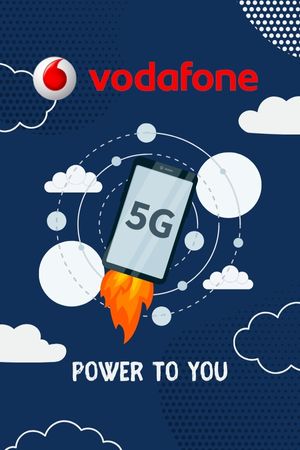Why Engagement Matters in Email Marketing
Email is one of the most personal and direct digital channels, yet it’s also one of the most competitive. With hundreds of messages flooding inboxes every day, standing out is no easy task. This is where effective email marketing management comes in—it ensures that campaigns are not only delivered but also resonate with subscribers. Engagement isn’t just about clicks or opens; it’s about building lasting relationships, creating trust, and delivering value.
Email marketing management helps brands move beyond sending generic promotions. Instead, it guides them in crafting campaigns that feel relevant, timely, and personalized. When subscribers feel that an email is designed with their needs in mind, they are far more likely to engage with the content and, ultimately, with the brand.
Understanding Your Audience First
The foundation of engagement begins with knowing who your subscribers are. Every inbox is different, and what excites one person may bore another. Email marketing management emphasizes the importance of segmentation and personalization to reach audiences in meaningful ways.
For example, one group of subscribers may be more responsive to exclusive offers, while another may prefer educational content or product updates. By dividing audiences based on demographics, behaviors, or past interactions, brands can create messages that land with precision. This audience-first approach transforms campaigns from broad announcements into conversations that feel personal.
Crafting Content That Captures Attention
Content is at the heart of boosting engagement. A well-crafted subject line sparks curiosity, while clear and authentic messaging keeps readers hooked. Visuals, tone, and storytelling all play a role in ensuring an email feels inviting rather than intrusive.
Email marketing management encourages brands to think beyond the sale. Instead of simply pushing products, emails can provide value in different forms—such as how-to guides, inspiring stories, or personalized recommendations. When subscribers feel they are gaining something meaningful, engagement naturally follows.
The Role of Timing and Frequency
Even the most compelling message can fall flat if it arrives at the wrong time. Timing and frequency are crucial elements of email marketing management. Sending too often can overwhelm subscribers, while sending too rarely risks being forgotten.
Effective management means analyzing data to find the sweet spot. Some audiences might engage more during weekday mornings, while others may prefer evening or weekend emails. Tracking open rates and engagement metrics over time allows brands to refine schedules that maximize impact without causing fatigue.
Leveraging Automation for Connection
Automation is often seen as a tool for efficiency, but within email marketing management, it becomes a way to create timely and relevant connections. Automated workflows can deliver a welcome message instantly after someone subscribes, remind a shopper about an abandoned cart, or celebrate a customer’s birthday with a personalized offer.
These small but thoughtful touches build engagement by showing subscribers they are valued. Automation ensures that no opportunity is missed, while still allowing for flexibility and creativity in campaign design.
Testing for Better Results
Engagement doesn’t happen by chance—it’s the result of consistent testing and optimization. Email marketing management emphasizes A/B testing, where different versions of an email are compared to see which performs best. This might involve experimenting with subject lines, visuals, or calls-to-action.
Over time, testing reveals insights into what resonates most with an audience. Does humor boost clicks? Do subscribers prefer short, punchy text or detailed guides? Every test provides valuable information that shapes stronger campaigns.
Measuring Engagement Through Analytics
To improve engagement, brands need to understand how subscribers are interacting with their emails. Analytics are central to email marketing management, providing a clear picture of what’s working and what isn’t. Metrics such as open rates, click-through rates, and conversion rates reveal whether campaigns are hitting the mark.
By studying these numbers, brands can identify trends and adjust strategies. For example, if engagement drops, it may be time to refresh content or adjust frequency. If a particular type of email consistently performs well, it signals an opportunity to expand on that approach. Data transforms guesswork into actionable insights.
Keeping a Human Touch
While tools and analytics are vital, the human element remains at the core of engagement. Subscribers aren’t just data points—they’re people with emotions, preferences, and unique needs. Email marketing management helps maintain this perspective by balancing technology with empathy.
Emails that show understanding and authenticity build deeper connections. Instead of overwhelming inboxes with constant sales pitches, thoughtful campaigns provide value and make subscribers feel appreciated. This balance ensures engagement is rooted not just in strategy, but in genuine human connection.
The Path Forward in Engagement
Boosting engagement through email marketing management is an ongoing process. As audiences evolve, so too must strategies. Personalization, automation, testing, and analytics will continue to play critical roles, but the heart of engagement will always lie in delivering meaningful value.
Brands that commit to refining their approach, listening to their audiences, and staying true to their voice will see email transform from a simple communication tool into a bridge of trust and loyalty. Email marketing management isn’t about sending more—it’s about sending better, and when done right, it has the power to turn casual readers into devoted advocates.


